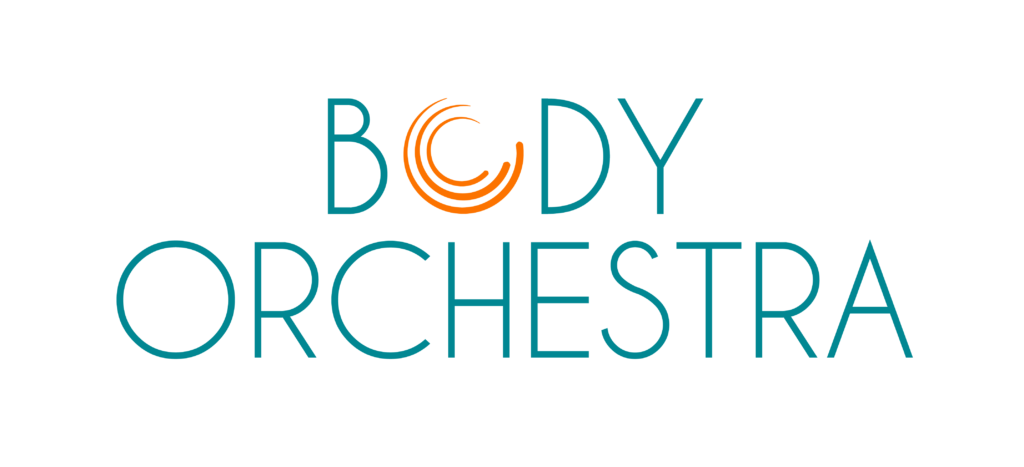I often get asked by my clients about how to manage stress or anxiety, or how to support their body, e.g. when in discomfort or pain or when recovering from injury or surgery — and the answer is often simpler than they expect: breath. Whether it’s during a class, treatment session, or in my own life, I regularly use specific breathing techniques to settle both my body and mind. These practices can be especially helpful in calming tension, enhancing focus, and supporting the body’s natural healing process. That’s why I wanted to share these three go-to breathing practices with you — ones that I find incredibly useful in my work and that I encourage you to try the next time you need to unwind or reset.
1. Reset Breath
In through the nose, out through the mouth — with a sigh or a yawn.
This is your go-to breath when you need an immediate reset. It’s perfect after a busy day, following physical therapy, or whenever you notice tension creeping in. A sigh or gentle yawn on the exhale can signal safety to your nervous system and help your body shift out of fight-or-flight mode.
-
How to do it:
Inhale gently through your nose.
Exhale through the mouth with a sigh or a yawn.
As you breathe out, feel your body yielding — softening, letting go.
Notice how your mind starts to follow, settling down alongside the body.
Repeat 3 times or more, as needed.
Benefits:
-
Down-regulates the nervous system
-
Helps release muscular holding
-
Signals safety and calm
2. Slow and Low
In and out through the nose — so gently the air doesn’t stir the fine hairs inside your nostrils.
This practice is about slowing everything down. It’s particularly helpful when you’re feeling overstimulated or scattered. Breathing slowly and quietly through the nose invites your body into a state of rest and repair.
-
How to do it:
Close your mouth and breathe through your nose only.
Let the breath be soft and low, as if your breath is dropping down into your belly.
Keep the breath so gentle that you can’t feel it on the upper lip or nostril hairs.
Benefits:
-
Enhances oxygen uptake
-
Promotes vagal tone and relaxation
-
Reduces overbreathing and rebalances CO₂ levels
3. Coherent Breath
In and out through the nose — equal and even lengths.
This is a beautiful breath to restore balance, particularly if you’re feeling anxious or disconnected. It’s also a lovely way to transition into rest at the end of the day. Coherent breathing helps synchronise breath, heart rate, and brain waves — bringing coherence to body and mind.
-
How to do it:
Inhale through the nose to a slow, steady count (start with 4 or 5).
Exhale through the nose to match that same count.
Keep the rhythm even, smooth, and continuous — no need to force or strain.
Benefits:
-
Supports emotional regulation
-
Improves heart rate variability (HRV)
-
Creates a steady, internal rhythm for the whole system
Why Nose Breathing?
All three practices encourage nose breathing — and for good reason. Compared to mouth breathing, nasal breathing:



Final Thoughts
Each of these breathing practices offers something a little different — a quick reset, a quieting of the senses, or a rebalancing of your internal rhythms. Try them one at a time, or use them together depending on what you need.
Breathe gently, breathe often — and let your body guide the way.
Ready to Explore More?
If you’d like to learn how to integrate these breathing techniques into your daily life or explore how breathwork can support your healing journey, feel free to get in touch or book a session. Whether in movement, treatment, or rest, breath is always a starting point — and I’d love to help you work with it more deeply.



